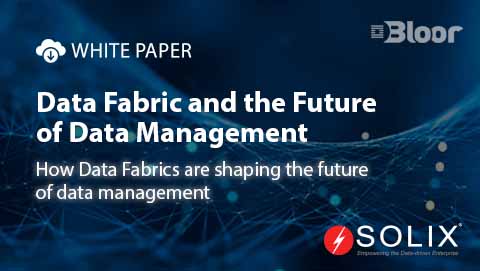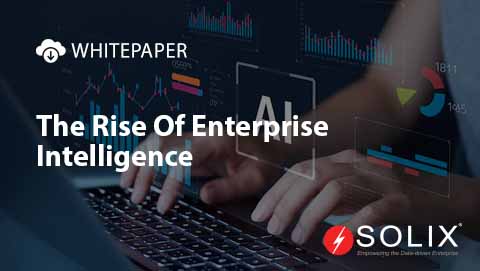Data Obfuscation Vs Masking
As a tech innovator, I’ve always been fascinated by the intersection of cutting-edge technology and real-world applications. One area that has piqued my interest is the concept of Data Obfuscation Vs Masking. In today’s data-driven landscape, organizations are constantly seeking innovative solutions to protect sensitive information while allowing development, testing, and analytics teams to work with realistic datasets. In this blog post, I’ll delve into the world of Data Obfuscation Vs Masking and explore how Solix’s solutions can help organizations simplify their data management strategies.
What is Data Obfuscation Vs Masking and why does it matter? Data obfuscation vs masking is the process of securing sensitive data by hiding or transforming it, making it impossible for unauthorized parties to access or interpret it. This approach is crucial in today’s data-driven world, where data breaches and regulatory compliance are major concerns. For instance, when developing software or testing databases, companies need to work with realistic data without exposing sensitive information. Data obfuscation vs masking ensures that sensitive data remains protected while allowing development and testing to continue.
A real-world scenario: Transforming Data Obfuscation Vs Masking for success. Let’s consider a scenario where a prominent e-commerce company, Acme Corporation, needs to develop a new mobile app. The app requires access to customer data, including financial information, for testing and analytics purposes. However, they cannot compromise on data security, as customer trust is paramount. By implementing Solix’s data masking solution, they can obfuscate sensitive data, ensuring that it remains protected while still allowing development and testing to proceed.
How Solix saves money and time on Data Obfuscation Vs Masking. Solix’s data masking solution offers a range of benefits that simplify data management and reduce costs. With Solix, Data Obfuscation Vs Masking becomes a seamless process, allowing development and testing teams to work with realistic datasets without exposing sensitive information. Here are some key features that set Solix apart:
- Sensitive data identification: automatically scans databases and applications to identify sensitive data, such as PII, financial data, and healthcare records.
- Data obfuscation: replaces sensitive data with realistic but fictitious values, ensuring that masked data retains its structure and consistency across applications and databases.
- Built-in compliance: helps organizations comply with regulations such as GDPR, HIPAA, and PCI DSS by safeguarding sensitive data.
By leveraging Solix’s data masking solution, companies can reduce the risk of data breaches, ensure regulatory compliance, and improve efficiency. Moreover, Solix’s scalable and flexible solution can be integrated with existing systems, making it easy to implement and manage.
The crossover of Data Obfuscation Vs Masking. Data obfuscation vs masking is a powerful tool that enables companies to balance data security with the need for realistic datasets. By implementing Solix’s data masking solution, organizations can protect sensitive information while empowering development, testing, and analytics teams to work with confidence. Whether you’re a small startup or a large enterprise, Solix’s data masking solution can help you achieve Data Obfuscation Vs Masking success.
Win $100! Want to learn more about how Solix can help your organization with Data Obfuscation Vs Masking? to receive a special offer and learn how our solutions can benefit your business.
About the author: Jamie is a tech innovator and writer who enjoys exploring the intersection of cutting-edge technology and real-world applications. When not writing about Data Obfuscation Vs Masking, he can be found gardening and practicing sustainable living practices.





